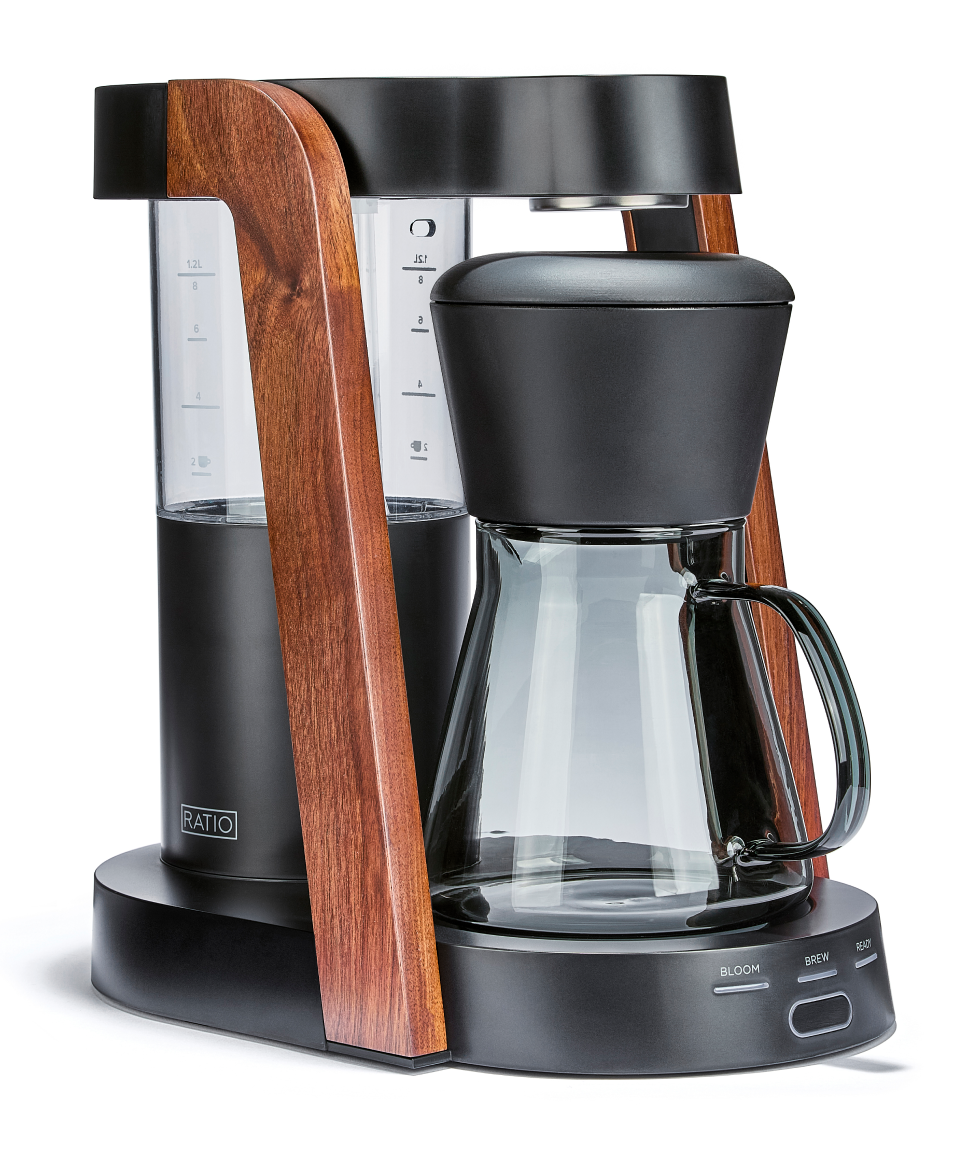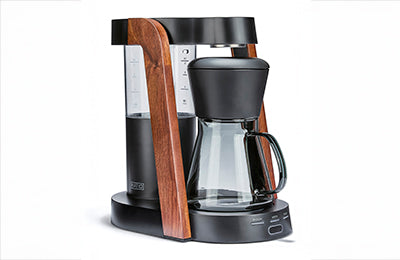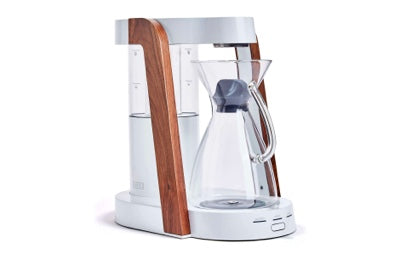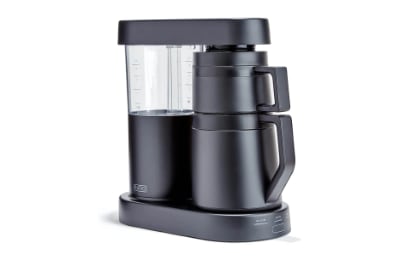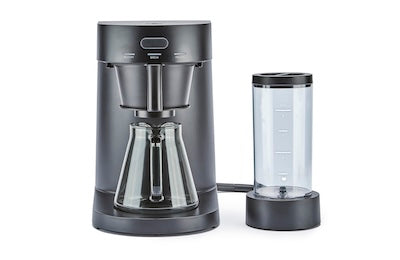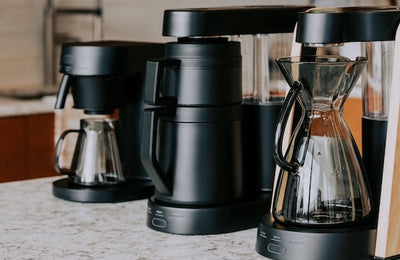That Coffee Scoop You’re Using? It’s Lying to You
You scoop, you brew, and you sip — only to wonder why your coffee still doesn’t taste quite right. Maybe it’s weak one day, bitter the next, and just fine the rest of the week. If you’ve been using a standard coffee scoop to measure your grounds, it’s not you. It’s the scoop.
Spoons and scoops might seem convenient, but they’re surprisingly unreliable when it comes to brewing consistently great coffee. The truth is: your scoop has been lying to you.
Here’s why volume-based measuring is holding your brew back — and what you should be doing instead.
Scoops vs. Grams: Why Weight Wins Every Time
When you scoop coffee, you’re measuring volume. But what really matters is mass.
-
A tablespoon of dense, dark-roast coffee weighs more than the same scoop of light, fluffy beans.
-
Ground size also affects how much fits into your scoop — finer grounds pack tighter.
That means one scoop can weigh anywhere from 8 to 14 grams depending on the bean, roast, and grind. That’s a massive swing when precision matters.
Coffee brewing is about balance. If your dose is off by even a few grams, your brew strength and flavor can shift dramatically.
Why Inconsistency Creeps In
Let’s say you always use two scoops for your morning brew. Some days it’s perfect. Other days it’s not. Here’s why:
-
One day you buy a dense natural-process roast from Ethiopia — your scoop holds more mass
-
Next week you grab a light-roast Colombian — now your scoop holds less
-
You switch to a finer grind — suddenly the scoop holds too much again
You haven’t changed anything on purpose, but your results vary. That’s what happens when you rely on scoops.
Precision Brewing Demands a Scale
If you want repeatable, high-quality results, you need to measure your coffee by weight — not guesswork.
The benefits of using a scale:
-
Consistent flavor from cup to cup
-
Improved extraction — no more sour or bitter surprises
-
More control over strength, ratios, and variables
-
Easier recipe replication for different brew methods
It’s the single easiest upgrade you can make to your brewing process.

How Much Coffee Should You Use?
A good starting point is the classic 1:16 ratio — 1 gram of coffee for every 16 grams of water.
Examples:
-
20g of coffee → 320g (ml) of water = one large mug
-
30g of coffee → 480g (ml) of water = two cups
Dial it tighter (1:15) for stronger brews, or looser (1:17) for lighter cups. But always weigh both ingredients.
Getting Over the Scoop Habit
If you’ve been scooping for years, it might feel excessive to use a scale. But think of it this way:
-
You wouldn’t bake bread without weighing flour
-
You wouldn’t mix cocktails without a jigger
-
You wouldn’t refill your car by the scoop
Brewing great coffee is a craft. Precision leads to mastery — and it doesn’t have to be fussy.
Most coffee scales are small, fast, and affordable. A basic digital scale with 0.1g precision is all you need.
The Hidden Cost of Inaccuracy
Using too much coffee wastes beans and risks over-extraction. Using too little? Underwhelming brews and missed potential.
Inconsistent dosing also makes it harder to adjust other variables. You might think your grinder is the issue — when it’s actually your measurement method.
Precision isn’t just about flavor — it’s about making smarter adjustments.
Designed for Consistency, Supported by Precision
Even brewers engineered for consistency — like those from Ratio Coffee — benefit from proper dosing. These machines take care of water flow and heat, but the right input is still on you.
If you’re investing in quality beans and equipment, don’t let an imprecise scoop stand in the way.
Give your gear what it needs: accuracy.
Upgrade One Habit, Improve Every Cup
Switching from scoops to grams may seem small — but it changes everything.
It puts you in control. It makes your coffee predictable, tweakable, and always drinkable. You’ll waste fewer beans. You’ll get more flavor. You’ll finally understand why yesterday’s cup didn’t taste like today’s.
So the next time you reach for the scoop, pause.
Grab the scale instead. Your cup will thank you.
Frequently Asked Questions
How many grams are in a standard coffee scoop?
It varies — anywhere from 8 to 14 grams depending on bean density and grind size. That’s why scoops are unreliable.
Do I need a fancy scale for coffee?
Not at all. Any digital scale that measures to 0.1g is perfect. Many great options are under $30.
What’s the ideal coffee-to-water ratio?
Start with 1:16 (1 gram of coffee per 16 grams of water). Adjust to taste.
Can I still use a scoop if I don’t have a scale?
You can — but expect inconsistency. If you care about flavor and repeatability, a scale is a worthwhile upgrade.
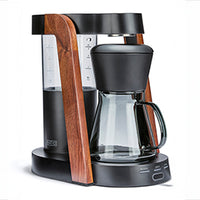 Ratio Eight S2
Ratio Eight S2
 Ratio Eight Original
Ratio Eight Original
 Ratio Six
Ratio Six
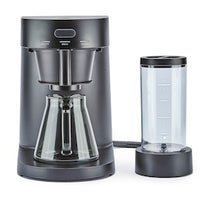 Ratio Four
Ratio Four
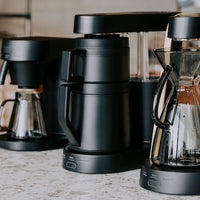 Compare Machines
Compare Machines
